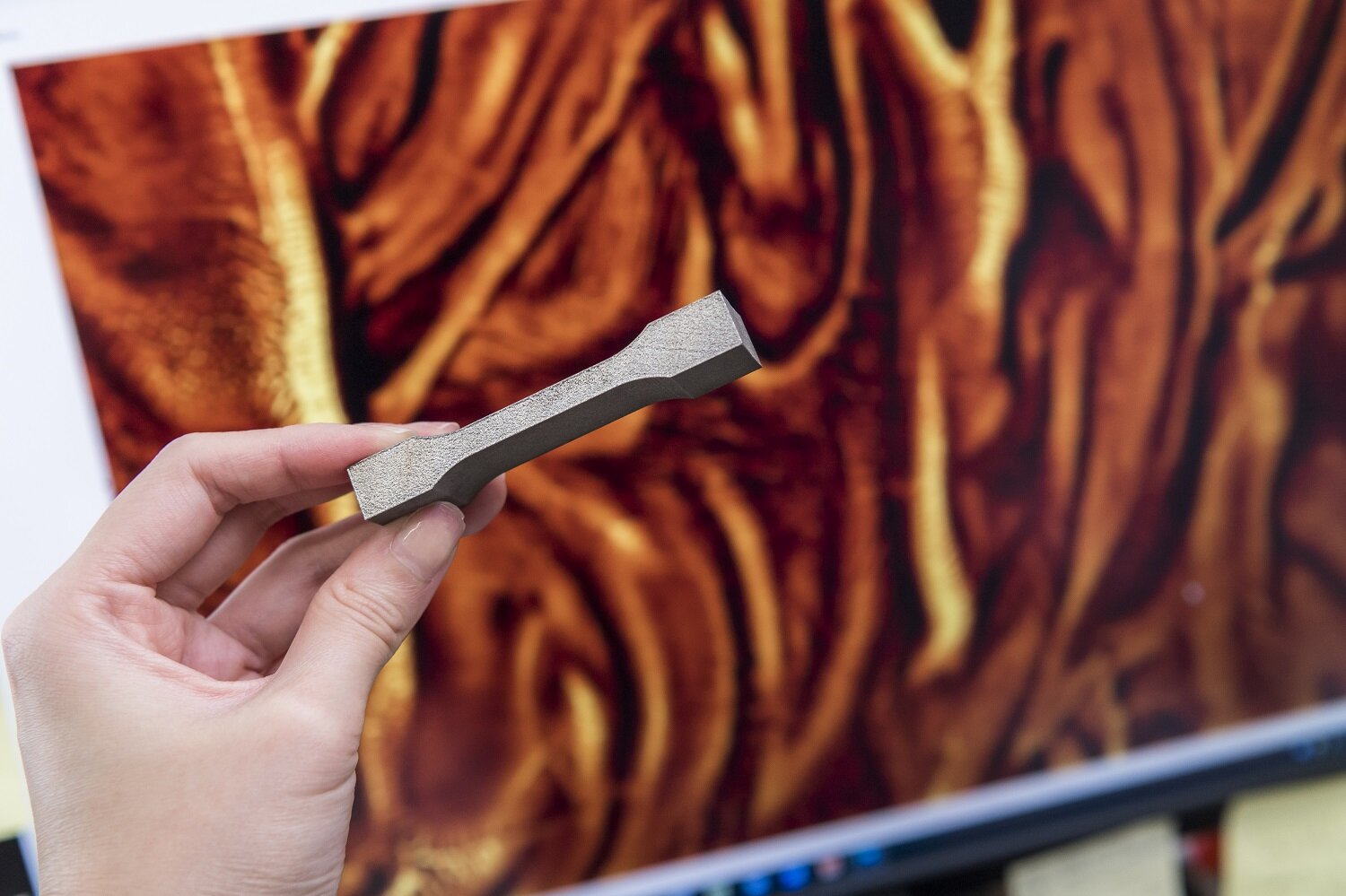Scientists Created a Novel Titanium Alloy By Means of 3D Printing

3D printing or additive manufacturing may be generally known as a “shaping technology,” but as scientists at the City University of Hong Kong proved, it can be much more than that.
The team of Chinese engineers successfully developed a novel titanium alloy by using a 3D printer to design the microstructures of the material, ending up with unique properties that make it ideal for a set of new applications.
The engineers used steel powders and a focused laser beam to produce an alloy with micrometer-scale concentration gradients, which conventional alloy-making methods cannot achieve. This approach has made it possible to eliminate uniformity problems that cause brittleness and other micro-structure inconsistencies.
The team first ran fast-cooling simulations to determine what works and what doesn’t and then proceeded to the physical experimentation phase. The heterogeneity achieved on simulation was proven to be feasible in actual manufacturing too, so the discovery is significant and is bound to open up the way for more similar creations.
In terms of the properties of the resulting alloy, these are:
- Specific weight – 4.5 grams per cm3 (40% lighter than stainless steel)
- Tensile strength – 1.3 gigapascals
- Uniform elongation – 9%
- Work-hardening capacity – 300 megapascals
In general, it appears ideal for structural applications, aerospace, automotive, the chemical, and medical industries. It covers a broad range of the application spectrum, which is a typical characteristic of versatile materials. In this case, the alloy features a large safety margin prior to fracture, so it would be ideal for safety-first applications.
If you want to learn more about the design process of the novel alloy, the team that created it has published its paper in the ‘Science’ journal, titled “In situ design of advanced titanium alloy with concentration modulations by additive manufacturing.”

 Tech Steel & Materials
Tech Steel & Materials